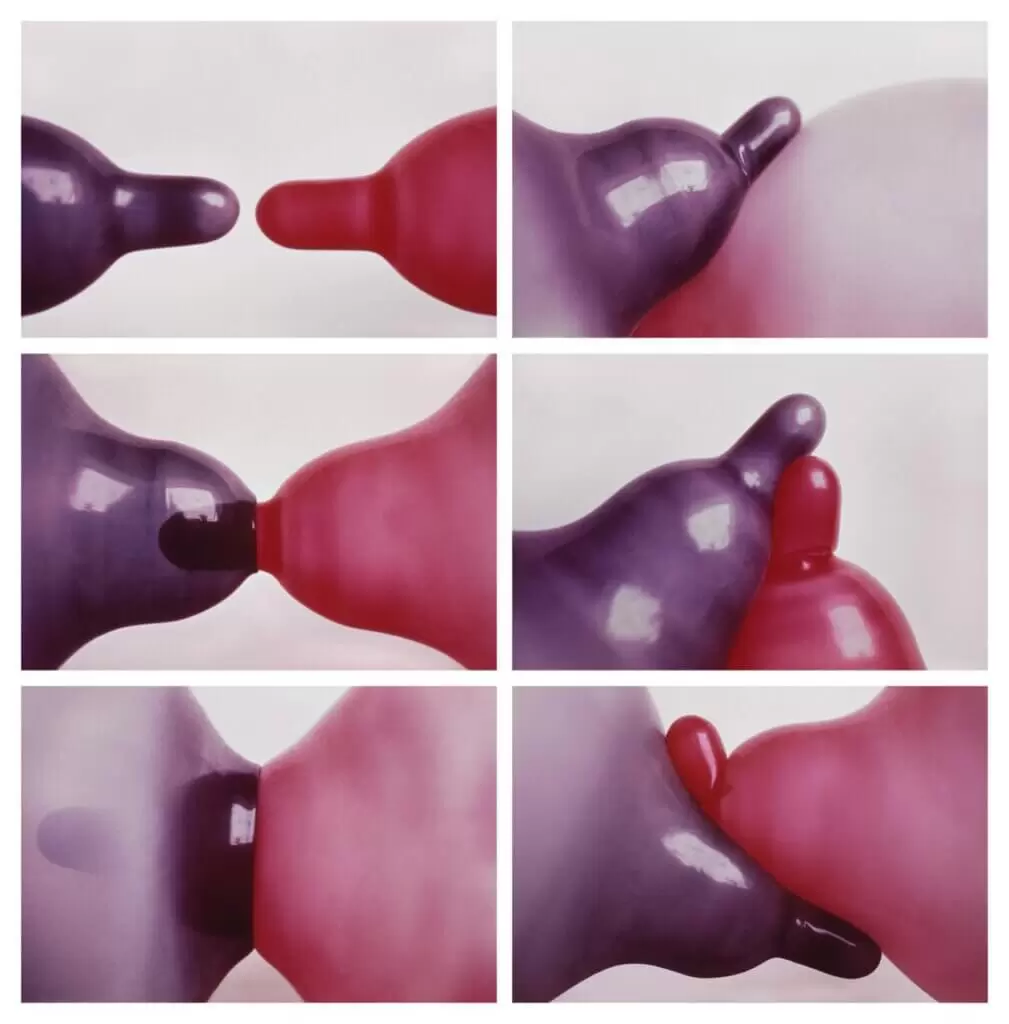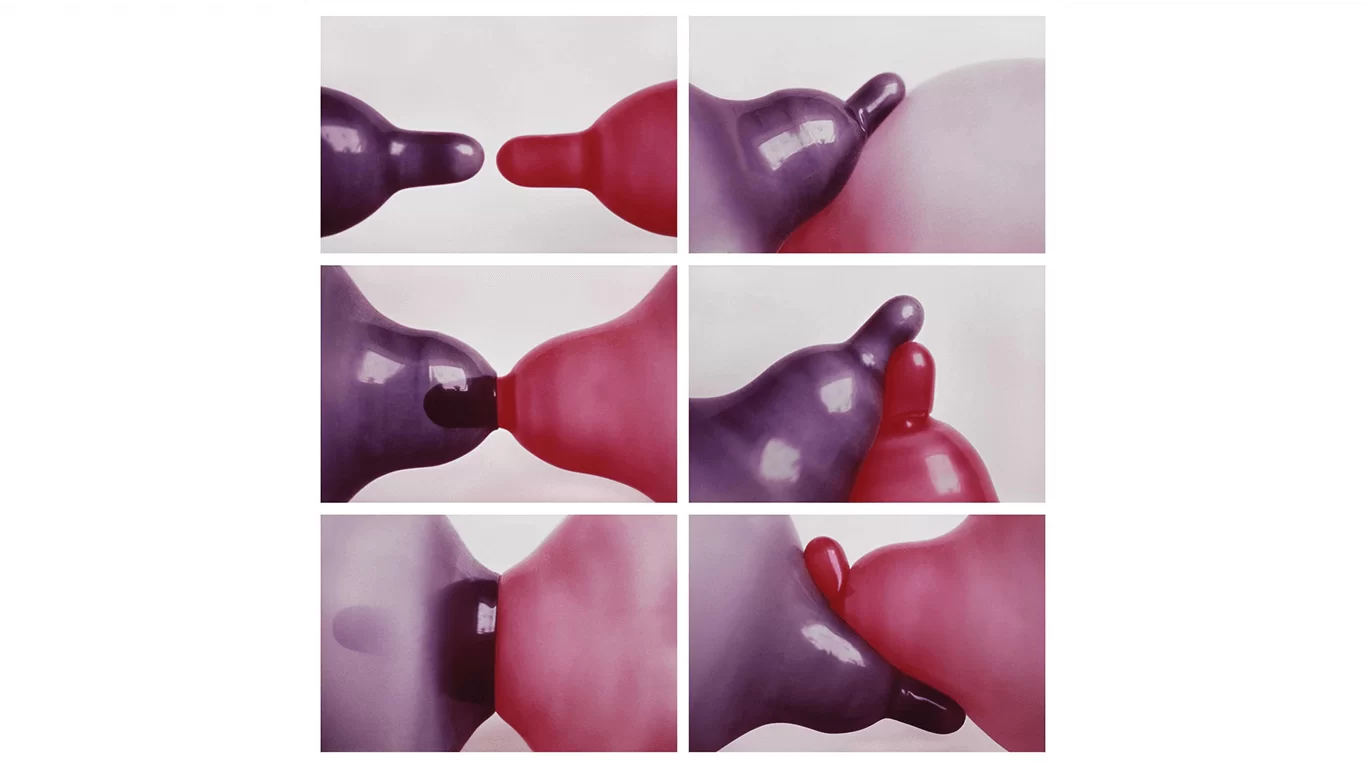Sensitive Content
Curated by artist Helen Beard, and Alayo Akinkugbe and Maria Elena Buszek
13 September – 16 October, 2022
Unit London
3 Hanover Square
Mayfair
W1S 1HD
Sensitive Content brings together artists who have first-hand experience of censorship, and in particular, those who are censored on the basis of their work depicting or giving voice to systematically marginalised groups. The exhibition seeks to demonstrate how these artists have been galvanised to continue to create artwork that challenges the status quo.

Image Copyright the Artist, Courtesy
Richard Saltoun Gallery London and Rome
Curated by artist Helen Beard and art historians Alayo Akinkugbe and Maria Elena Buszek, the exhibition features artists whose censorship by art institutions, government bodies and social media platforms has spanned the last half-century, raising the question: who gets to decide what is appropriate for public consumption?
From Betty Tompkins’ paintings being seized by French customs for ‘obscenity’ in 1973, to the present-day barrage of social media flagging of feminist, queer and anti-racist works by artists such as Micol Hebron – censorship has been a longstanding source of contention throughout the history of art as a violation of artistic freedom of expression. Museums, governments, and corporations have reserved the right to censor artworks for centuries on the grounds that they may deem what works are offensive to the public.
In the present day, the conflict rages online, where artwork is removed according to the will of algorithms. Sensitive Content considers how these restrictions encourage a regression to a society of sanitised culture, and how artists across the last half-century have resolved to use their creativity to push back.
Exhibited works speak to the myriad of ways in which artists have both encountered and fought against the censorship of their work. For example, Penny Slinger, whose collaged books depicting sexual and metaphysical imagery were burned by UK customs, only for her to release a 600 illustration volume within a year’s time; to Renee Cox whose interpretation of da Vinci’s Last Supper drew then-New York Mayor Rudolph Giuliani’s call for the defunding of a public museum, as the artist fired back her right to remake the masterpiece in her own image. Also featured in Sensitive Content, are artists such as Xiao Lu and Pussy Riot, whose performance-based works are often created to respond to governmental oppression and endure the threat of imprisonment.
The exhibition further explores censorship in the contemporary context of the digital, addressing how social media platforms task AI filters with deciding what constitutes inappropriate content online. Following a grassroots campaign of petitions, complaints and protests, a 2019 meeting at Facebook headquarters sought to discuss a reconsideration of their nudity guidelines and its impact on artists.
Three years on, artists encounter daily flagging, banning and removal of their work on social media. For artists like Helen Beard and Emma Shapiro, whose work intrinsically depicts the naked body, digital censorship raises issues of how artists lose not only the opportunity to share their work, but also the support of the art world.
©2022 Helen Beard, Alayo Akinkugbe, Maria Elena Buszek





